Genistein

Genistein structure
|
Common Name | Genistein | ||
|---|---|---|---|---|
| CAS Number | 446-72-0 | Molecular Weight | 270.237 | |
| Density | 1.5±0.1 g/cm3 | Boiling Point | 555.5±50.0 °C at 760 mmHg | |
| Molecular Formula | C15H10O5 | Melting Point | 297-298 °C | |
| MSDS | Chinese USA | Flash Point | 217.1±23.6 °C | |
| Symbol |

GHS07 |
Signal Word | Warning | |
Use of GenisteinGenistein, a soy isoflavone, is a multiple tyrosine kinases inhibitor which acts as a chemotherapeutic agent against different types of cancer, mainly by altering apoptosis, the cell cycle, and angiogenesis and inhibiting metastasis. |
| Name | genistein |
|---|---|
| Synonym | More Synonyms |
| Description | Genistein, a soy isoflavone, is a multiple tyrosine kinases inhibitor which acts as a chemotherapeutic agent against different types of cancer, mainly by altering apoptosis, the cell cycle, and angiogenesis and inhibiting metastasis. |
|---|---|
| Related Catalog | |
| Target |
EGFR:0.6 μM (IC50, Cell Assay) |
| In Vitro | Genistein inhibits serum-stimulated growth of MCF-7 and T47D ER+ cells with IC50 values of 7.6 and 8.7 μg/mL by dye exclusion, respectively, and 8.7 and 10.6 μg/mL by [3H]thymidmne incorporation, respectively. These values are similar to the IC50 values of 9.4 and 7 μg/mL for MCF-7 and T47D ER+ cells, respectively, obtained with the MTT assay. Additionally, Genistein at concentrations up to 20 μg/mL does not alter MTT mitochondrial reduction when compared to control cells in an 8 h incubation period. Furthermore, neither biochanin A or daidzein are found to interfere with the MTT assay at IC50 concentrations. Therefore, the MTT assay is valid for determining growth inhibition by Genistein at concentrations under 20 μg/mL in the systems studied[1]. |
| In Vivo | In the present study, the effective dose of morphine caused a significant decrease in testis weight of mice compared to Saline group (p=0.00). Moreover, testis weight are significantly increase in treated animals with Genistein and Genistein plus morphine in all doses in comparison with morphine group (p=0.028). Morphine caused a significant decrease in the testosterone, LH and FSH hormones compared to saline group (p=0.00). In addition, the testosterone, LH and FSH hormones increased significantly in Genistein (p<0.05) and Genistein plus morphine in all groups administration compared to morphine group (p=0.024)[2]. Bisphenol A (BPA) treatment alone and combined with Genistein had no significant effect on the protein expression of LC3II and PPARα in liver of STD- or HFD-fed rats (P>0.05; P>0.05). Significant decreasing of the protein expression of PPARγ in liver is observed when Genistein is added to rats, compared to either HFD group or HFD-BPA group[3]. |
| Cell Assay | The IC50 values for Genistein are determined by the MTT assay. Briefly, the MTT assay is a colorimetric assay that is based on the ability of living but not dead cells to reduce a tetrazolium-based compound to a blue formazan product. The formazan crystals are solubilized in DMSO, and the absorbance is measured at 540 nm. The absorbance at 540 nm is proportional to the number of viable cells. The lC50 values obtained with the MTT assay are compared with the lC50 values obtained by counting viable cells using trypan blue dye exclusion and by tritiated thymidine incorporation into DNA[1]. |
| Animal Admin | Mice[2] Balb/c male mice are used. Genistein is administered as follows: On days 1-30, Genistein once daily, interaperitoneally injecting. Morphine plus Genistein is administered as follows: On days 1-30, Genistein once daily plus morphine, interaperitoneally injecting (17, 18). The same volume of saline is administered. Mice are randomly divided into 8 groups (n=6). 1) Normal saline group (1 mL DW/daily); 2) Morphine treated group; 3) Genistein 1 mg/kg treated group; 4) Genistein 2 mg/kg treated group 5) Genistein 4 mg/kg treated group; 6) Morphine plus Genistein 1 mg/kg treated group; 7) Morphine plus Genistein 2 mg/kg treated group; 8) Morphine plus Genistein 4 mg/kg treated group. Rats[3] Male 8-week-old Wistar rats (150-180g) are used. After one week acclimation, all rats are randomly divided into 8 groups with 10 rats per group and treated for 35 weeks as follows: (1) STD group is fed with rodent standard chow diet (STD); (2) STD-BPA group is fed with STD and administered with BPA (50 μg/kg/day); (3) STD-(BPA+G) group is fed with STD and administered with BPA (50 μg/kg/day) plus Genistein (10 mg/kg/day); (4) STD-G group is fed with STD and administered with Genistein (10 mg/kg/day); (5) HFD group received high-fat diet (HFD); (6) HFD-BPA group is fed with HFD and administered with BPA (50 μg/kg/day); (7) STD-(BPA+G) group is fed with HFD and administered with BPA (50 μg/kg/day) plus Genistein (10 mg/kg/day); (8) HFD-G group is fed with HFD and administrated with Genistein (10 mg/kg/day). All the male genitors are treated for 35 weeks consecutively. The details of BPA (50 μg/kg/day) and Genistein (10 mg/kg/day) treatment methods have been described previously: BPA is dissolved in corn oil and diluted with three stock solutions (20, 40, 80, and 120 μg/mL). |
| References |
| Density | 1.5±0.1 g/cm3 |
|---|---|
| Boiling Point | 555.5±50.0 °C at 760 mmHg |
| Melting Point | 297-298 °C |
| Molecular Formula | C15H10O5 |
| Molecular Weight | 270.237 |
| Flash Point | 217.1±23.6 °C |
| Exact Mass | 270.052826 |
| PSA | 90.90000 |
| LogP | 2.96 |
| Vapour Pressure | 0.0±1.6 mmHg at 25°C |
| Index of Refraction | 1.732 |
| Storage condition | −20°C |
| Stability | Light Sensitive |
| Water Solubility | insoluble |
CHEMICAL IDENTIFICATION
HEALTH HAZARD DATAACUTE TOXICITY DATA
MUTATION DATA
|
| Symbol |

GHS07 |
|---|---|
| Signal Word | Warning |
| Hazard Statements | H302 |
| Precautionary Statements | P301 + P312 + P330 |
| Personal Protective Equipment | Eyeshields;Faceshields;Gloves;type N95 (US);type P1 (EN143) respirator filter |
| Hazard Codes | Xi: Irritant; |
| Risk Phrases | R36/38 |
| Safety Phrases | S26-S24/25-S22 |
| RIDADR | NONH for all modes of transport |
| WGK Germany | 3 |
| RTECS | NR2392000 |
| HS Code | 2932999099 |
| Precursor 10 | |
|---|---|
| DownStream 10 | |
| HS Code | 2932999099 |
|---|---|
| Summary | 2932999099. other heterocyclic compounds with oxygen hetero-atom(s) only. VAT:17.0%. Tax rebate rate:13.0%. . MFN tariff:6.5%. General tariff:20.0% |
|
Neuropilin 1 is an entry factor that promotes EBV infection of nasopharyngeal epithelial cells.
Nat. Commun. 6 , 6240, (2015) Epstein-Barr virus (EBV) is implicated as an aetiological factor in B lymphomas and nasopharyngeal carcinoma. The mechanisms of cell-free EBV infection of nasopharyngeal epithelial cells remain elusiv... |
|
|
A precisely substituted benzopyran targets androgen refractory prostate cancer cells through selective modulation of estrogen receptors.
Toxicol. Appl. Pharmacol. 283(3) , 187-97, (2015) Dietary consumption of phytoestrogens like genistein has been linked with lower incidence of prostate cancer. The estradiol-like benzopyran core of genistein confers estrogen receptor-β (ER-β) selecti... |
|
|
Direct cellular delivery of human proteasomes to delay tau aggregation.
Nat. Commun. 5 , 5633, (2014) The 26S proteasome is the primary machinery that degrades ubiquitin (Ub)-conjugated proteins, including many proteotoxic proteins implicated in neurodegeneraton. It has been suggested that the elevati... |
| 5-18-04-00594 (Beilstein Handbook Reference) |
| 5,7,4'-trihydroxyisoflavone |
| 4',5,7-trihydroxyisoflavone |
| Genistein |
| GeniVida |
| 4H-1-Benzopyran-4-one, 5,7-dihydroxy-3-(4-hydroxyphenyl)- |
| prunetol |
| EINECS 207-174-9 |
| genisteol |
| Bonistein |
| NPI 031L |
| MFCD00016952 |
| 5,7-Dihydroxy-3-(4-hydroxyphenyl)-4H-chromen-4-one |
| 5,7-Dihydroxy-3-(4-hydroxyphenyl)-4H-1-benzopyran-4-one |
| Genestein |
| sophoricol |
| GLYCITEN |
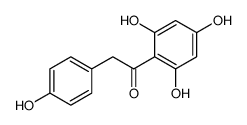 CAS#:15485-65-1
CAS#:15485-65-1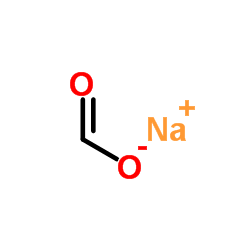 CAS#:141-53-7
CAS#:141-53-7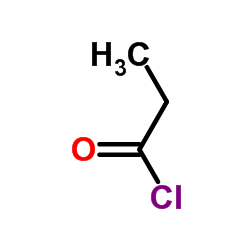 CAS#:79-03-8
CAS#:79-03-8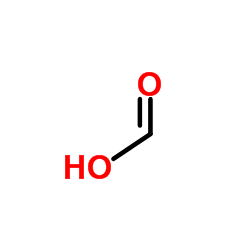 CAS#:64-18-6
CAS#:64-18-6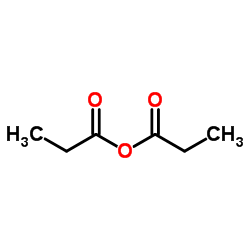 CAS#:123-62-6
CAS#:123-62-6 CAS#:79-30-1
CAS#:79-30-1 CAS#:10500-31-9
CAS#:10500-31-9 CAS#:2491-38-5
CAS#:2491-38-5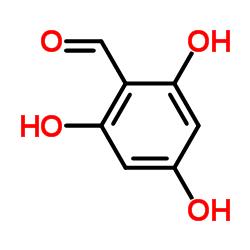 CAS#:487-70-7
CAS#:487-70-7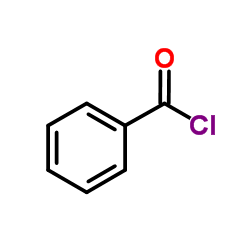 CAS#:98-88-4
CAS#:98-88-4 CAS#:34086-51-6
CAS#:34086-51-6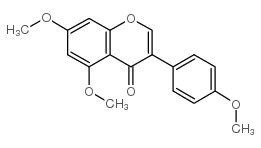 CAS#:1162-82-9
CAS#:1162-82-9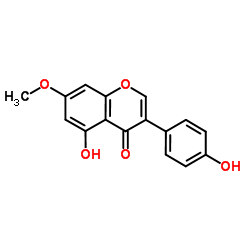 CAS#:552-59-0
CAS#:552-59-0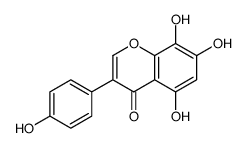 CAS#:13539-27-0
CAS#:13539-27-0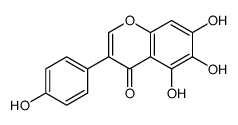 CAS#:13539-26-9
CAS#:13539-26-9 CAS#:108-73-6
CAS#:108-73-6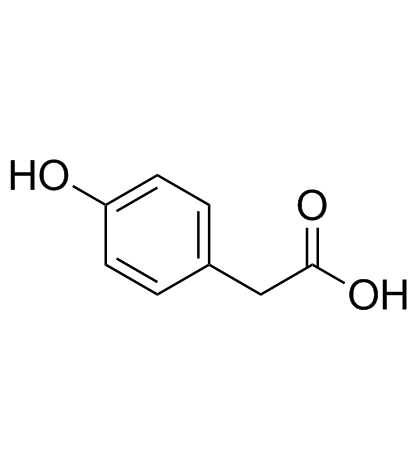 CAS#:156-38-7
CAS#:156-38-7 CAS#:187960-08-3
CAS#:187960-08-3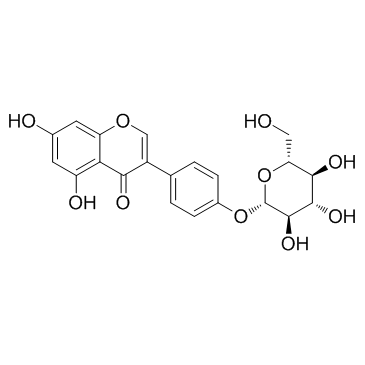 CAS#:152-95-4
CAS#:152-95-4
